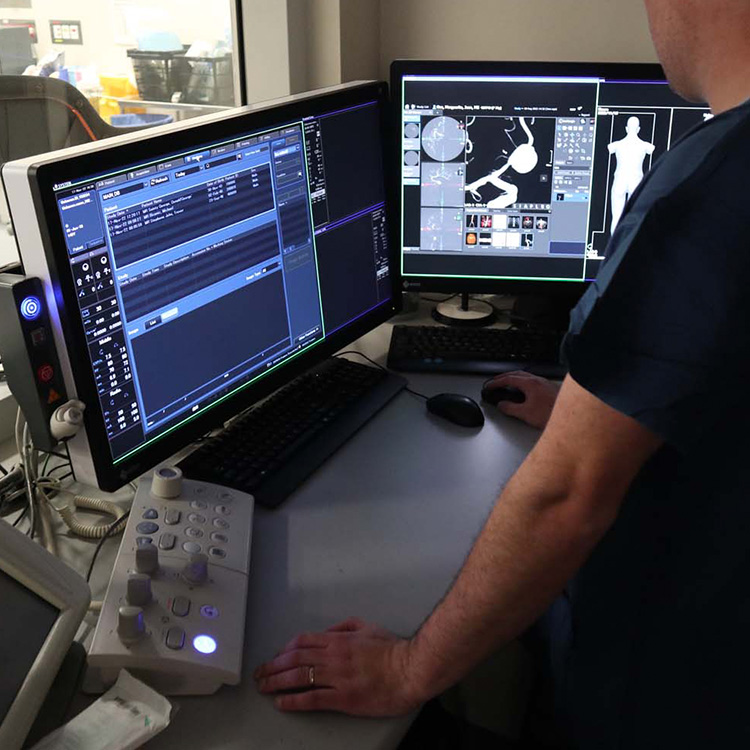Idiopathic intracranial hypertension (previously called benign intracranial hypertension or pseudotumour cerebri) is condition resulting from raised pressures within the skull. This high pressure results in a number of symptoms including headaches, worsening or blurry vision and ringing in the ear.
IIH is diagnosed by a history of the above symptoms, elevated cerebrospinal fluid pressures on lumbar puncture and imaging (such as an MRI) which helps to rule out other diseases that can cause raised intracranial pressures.
How is the condition managed?
This condition can initially be treated conservatively with certain medications. Weight loss can also significantly improve symptoms. If there is no improvement with medical treatment and vision continues to worsen a procedure may be required.
In cases where there is narrowing of a segment of venous sinus (large structures in the brain which drain blood from the brain back to the heart) stenting is an effective option.
Firstly a cerebral angiogram is performed to assess the vascular structures of the brain, at the same time pressure measurements from within the venous sinus can be obtained. This is done by placing a small catheter into the venous sinus and measuring the pressures.
If there is a significant pressure change before and after the narrowing this suggests that placing a stent in the venous sinus to improve its size and ability to drain blood will be beneficial in reducing intracranial pressures. Stenting will be performed at a later date as you will be required to commence blood thinning medications before the procedure.
The stenting procedure is performed under a general anaesthetic. A number of catheters are placed in the large vein in the neck (called the internal jugular vein) or femoral vein in the leg. Catheters are navigated into the desired venous sinus in the brain and a stent is deployed across the narrowed segment. Pressures are then measured again.
Following a night in hospital you are often able to go home.
Antiplatelet medication such as aspirin will often be required lifelong to ensure blood clots do not form in the stent. Anticoagulation medication such as warfarin or Apixiban are usually only required for 3 months.
What follow up is required?
A review appointment will be made for 1 week following discharge from hospital. At this appointment the follow up plan will be discussed which often involves CT or MRI scans and ongoing clinical review with your neurologist and ophthalmologist. Dr Bell will also discuss the ongoing need for blood thinning medication.
Do I need to fast?
Yes you will be required to fast. Specific instructions regarding fasting will be provided when booking the procedure.

